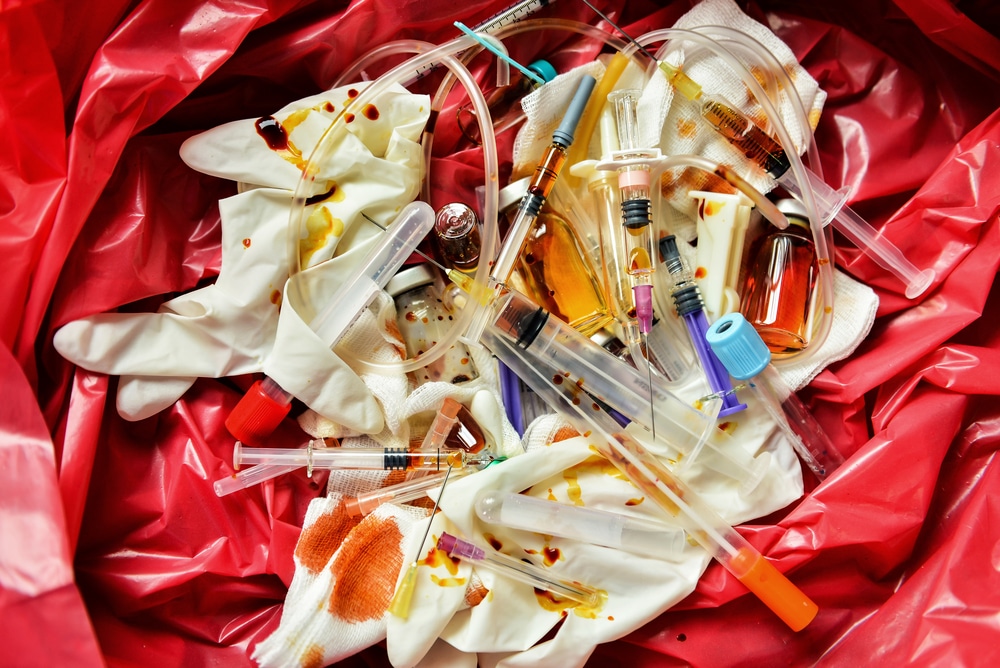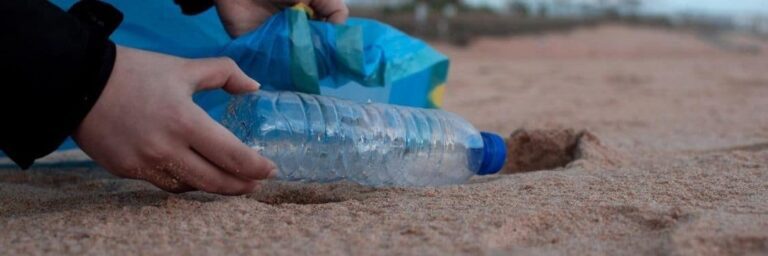The diversity of Sydney’s healthcare industry generates vast amounts of medical waste streams. Besides, the assortment of hazardous medical waste also poses safety, environmental, and regulatory challenges, especially for rubbish disposal companies.
Individual waste streams generated by medical facilities require proper collection and treatment processes. Because of this complexity, how do rubbish disposal companies manage medical waste?
Medical Waste
Before discussing the procedures implemented by removalists like Paul’s Rubbish Removal, it is essential to know what are the types of wastes produced by medical facilities.
The World Health Organization classifies medical waste into eight (8) different categories:
- General waste ‒ Office paper, cling wrap, kitchen waste, general sweeping, and items that do not risk human health
- Pharmaceuticals ‒ Contaminated or expired medicine and antibiotics
- Chemical ‒ Expired lab reagents, film developer, disinfectant
- Pressurised containers ‒ Gas cartridges and cylinders
- Radioactive ‒ Radiotherapy liquids, contaminated glassware, etc
- Pathological ‒ Human tissue, bodily fluids, etc
- Infectious waste ‒ tissues, face masks, and other equipment that could transmit infections to human
- Sharps ‒ Knives, needles, blades, and other items that can penetrate the human skin
Every one of these medical waste exposes medical staff and removalists to mild and severe health risks. That’s why Paul’s Rubbish Removal implements several stages to dispose of and treat biohazardous medical rubbish properly.
These stages of medical waste disposal are essential in making sure that medical waste is collected, transported, and treated with utmost caution and safety.
Collection and Segregation
Biomedical waste should be put inside sturdy containers to prevent leakage and infection. Segregating these items will isolate infectious substances from hazard-free waste, preventing cross-infection and contamination.
Furthermore, categorising medical waste with the correct colours allows quick identification and an efficient removal process. Paul’s Rubbish Removal also recommends having visible labels and symbols for biohazardous and radioactive waste to prevent unnecessary contact and mishandling.
Storing and Transporting
The collected waste materials from healthcare facilities must be stored and transported to waste treatment facilities if on-site equipment could only sterilise small amounts of toxic waste.
Moreover, rubbish removalists often use tight-seal and refrigerator boxes to isolate and transport specific biomedical waste products. Handling hazardous rubbish should also use specialised equipment and resilient storage containers. This prevents human infection as well as contaminating the equipment and vehicles for rubbish removal.
Treatment
In Sydney, the NSW EPA regulates and certifies equipment for the reliable treatment of regulated medical waste (RMW) There are several types of treatment processes that effectively sterilises and discards medical waste.
This process is vital in removing biohazardous waste. Unlike office and household rubbish, medical waste is highly infectious and mishandling it could put medical staff and removalists at risk.
Incineration
Chemical and pharmaceutical waste, as well as most biohazardous waste, should be treated by incineration. This method will burn solid and chemical waste at high temperatures, converting them into residual ash and gaseous compounds.
Additionally, spending a significant amount of energy to treat large sums of medical waste can be inefficient. Thus, incineration is a cheaper and more effective approach to get rid of harmful waste permanently.
Autoclaving
Biofluid waste, sharps, and laboratory waste use an autoclaving system to treat biomedical waste thermally. This process uses high-temperature steam to sterilise medical waste.
Because an autoclave sterilises without the use of chemicals and reagents, it allows for the reuse of treated medical equipment and supplies. Moreover, since it uses steam, autoclaves are environmentally friendly as they eliminate environmental concerns regarding incinerators.
Chemical Decontamination
Another non-incinerating process for treating biomedical waste is chemical decontamination. This process is useful for sterilising microbiology laboratory waste and sharps. However, it is unusable for the treatment of anatomical waste, including heavily soaked materials such as cotton swabs and dressings.
Biological Processes
Biological processes are methods that utilise special enzymes to destroy organic and infectious matter in medical waste. While it promises another non-incineration method for biohazardous waste treatment, medical waste disposal rarely uses this process.
After treating and sterilising, removalists will then dispose of medical waste.
Disposal
Treated and sterilised medical waste is considered as solid waste. After following regulations in collecting, storing, and processing the materials, removalists will send them to municipal landfills or solid waste disposal facilities.
On the other hand, the disposal of radioactive materials is regulated by the NSW Radiation Control Act of 1990 and the Radiation Control Regulation, 1993. These guidelines impose strict policies and include several agencies to facilitate the disposal process.
The policies will ensure that no radioactive material is exposed to the environment and prevent health risks from radiation exposure.
Conclusion
Extreme precaution and adequate knowledge are needed when handling medical waste. People who work with their disposal should know that irresponsible methods will result in severe harm and health risks.
Safe practice in medical waste removal starts with reliable rubbish removal. Paul’s Rubbish Removal can help medical institutions and healthcare facilities get rid of their waste. Our equipment and knowledge in handling biomedical waste allow us to execute safe and efficient medical waste removal services anywhere in Sydney.
We want to make sure you are safe from infectious medical waste, especially during the COVID-19 pandemic. Call our friendly staff at 0407 125 125 or email us at info@paulsrubbish.com.au







